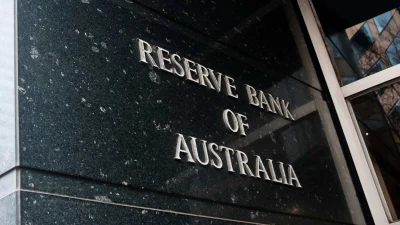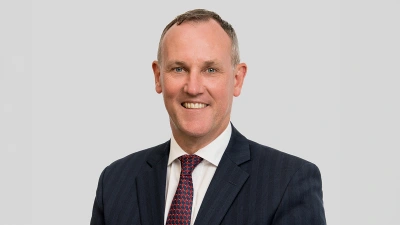How should advice practices charge their clients?



Two separate research studies have discovered the majority of advised clients prefer to pay a flat fee for financial advice, while unearthing how much they are willing to pay.
Netwealth’s 2024 Advisable Australian Report, which collated data from 2021 to 2023, assessed the attitudes of advised Australians.
The white paper revealed that 66 per cent of advised clients prefer to pay a flat fee for the advice they receive, compared to 26 per cent who preferred percentage-based fees.
“How advice is charged, whether it be a flat fee or percentage, is central to clients’ concept of value. It is clear from the research that advised clients prefer to pay a flat fee, but ultimately the pricing model must best suit the needs of your clients,” the report wrote.
Within the 66 per cent who prefer the flat fee service model, advised clients expressed a range of ways they want to be billed. Some 28 per cent liked annual fees and 17 per cent said a service fee for each piece of advice. Meanwhile, 11 per cent wanted an hourly fee based on a fixed rate and 10 per cent desired a monthly subscription fee.
Netwealth described value for money as the “single most important aspect” that clients consider when deciding on an adviser and their service offering.
“While value is an intangible characteristic and differs from client to client, factors such as price is an important input (however it becomes less relevant if a person perceives they are getting their needs met). Managing a clients’ expectations is also critical.”
How much are they willing to pay?
Adviser Ratings’ latest consumer survey also determined how much advised versus unadvised consumers are willing to spend on advice, which presented “significant differences” between the two cohorts.
The advised cohort stated they were willing to pay $1,791 on average for advice in 2023, slightly up from $1,752 in 2022. For unadvised individuals, they were willing to pay just $651 on average for advice in 2023, a rise from $553 in the previous year.
“This underscores the financial constraints faced by the latter demographic,” Adviser Ratings stated.
With the median fee for advice being close to $4,000 currently, according to the research house, a significant barrier to entry still exists for consumers. Over 70 per cent of unadvised Australians said they are unable to afford the average fees charged by advisers for new clients.
“Consequently, it is for this reason that unadvised consumers remaining in this gap replace the figure of the financial adviser with recommendations from friends or family, based on what they see or hear in the news. Others turn to social media or seek assistance from other professionals such as accountants or lawyers.”
To improve how clients perceive value for money with advice, Netwealth has provided seven recommendations to advice practices.
These are:
- Review your current pricing model to determine if it fits the needs of your clients.
- Find out the value expectations of your clients and what value means to them.
- Clearly articulate your service offer upfront to manage client expectations.
- Respond to requests and queries quickly.
- Remind clients, at least annually, of the benefits you have delivered to them.
- Offer value-add services, such as additional adjacent services.
- Consider using new tools to scale and automate your communications.
Recommended for you
The Reserve Bank of Australia has delivered its first rate decision since the introduction of a new board structure last month.
Digital advice provider Otivo has launched an interactive tool, powered by artificial intelligence and Otivo’s own advice engine, to help answer client questions.
ASIC was active in the first quarter of 2025 with several financial adviser bannings and court action, while the FSCP also handed down outcomes to advisers.
With a joint venture announced between WT Financial and Merchant Wealth Partners, the firm may have a US background, but partner David Haintz has a long history with Australian financial advice.















